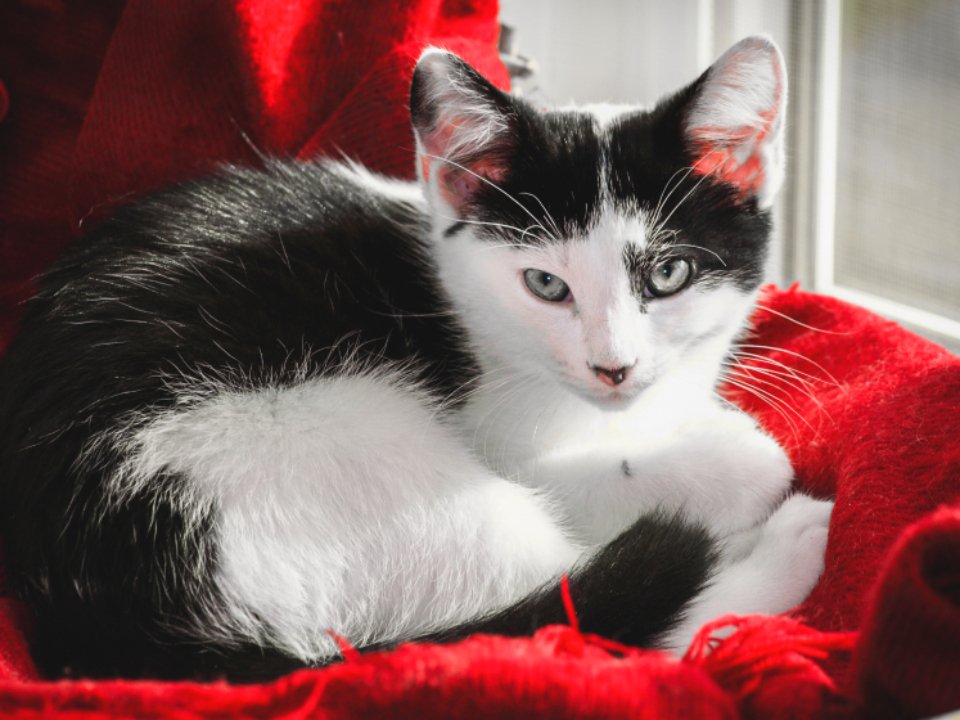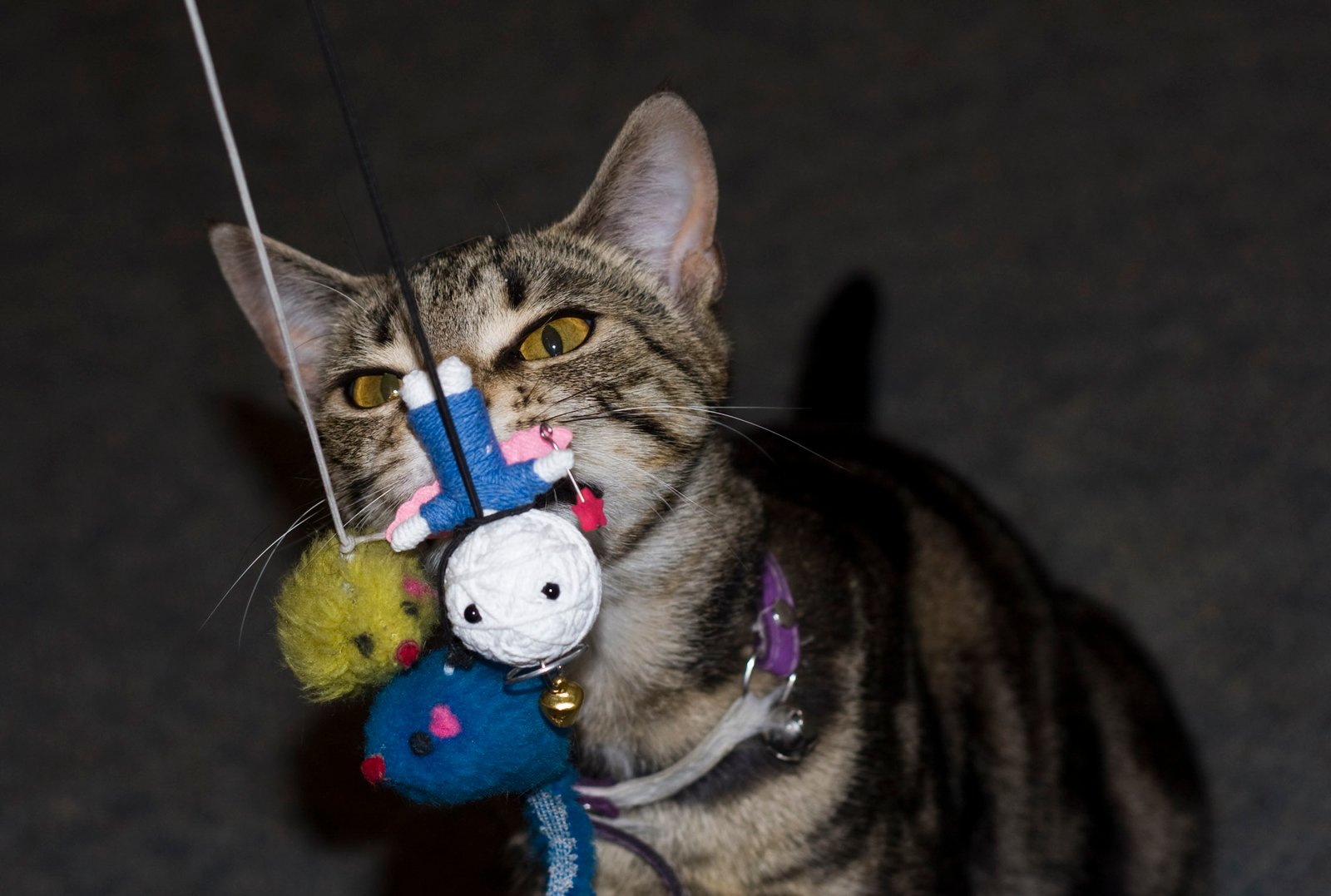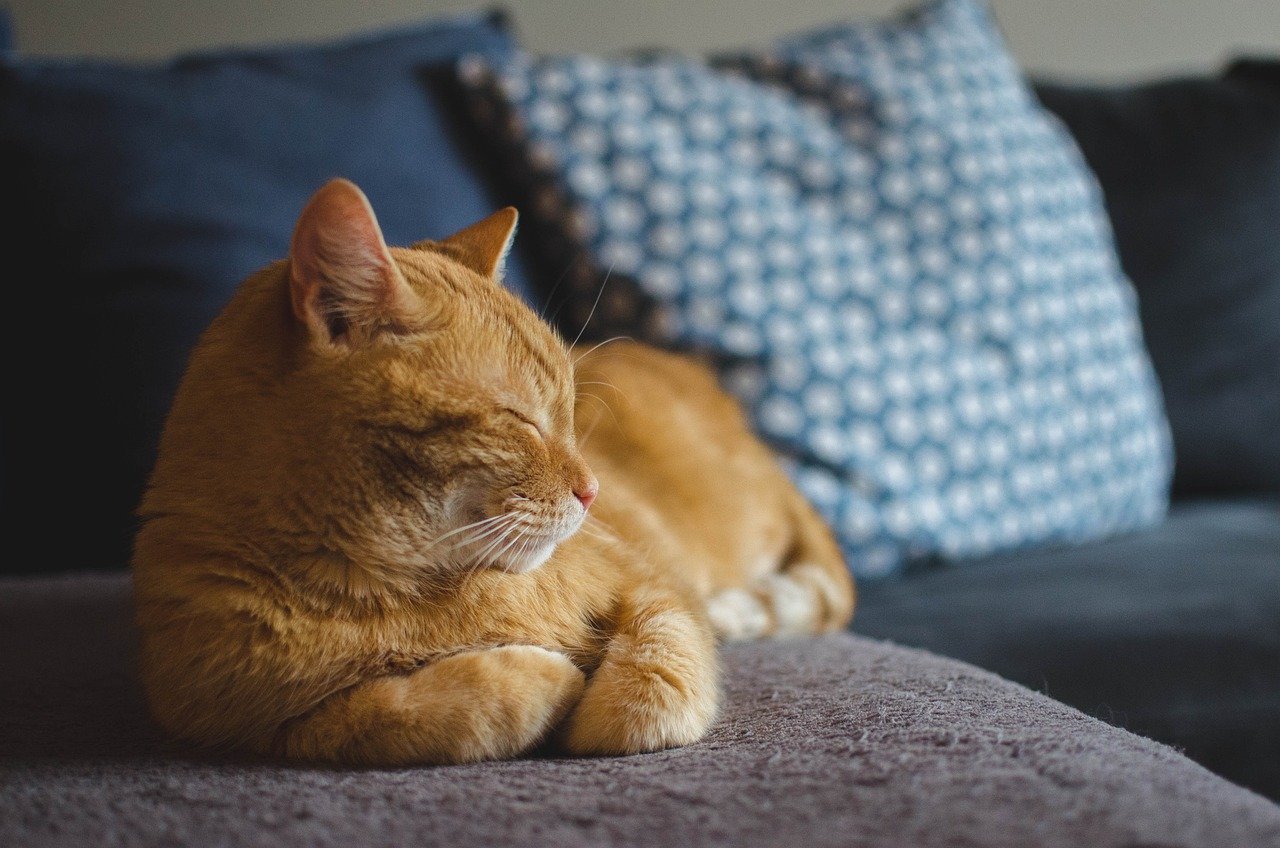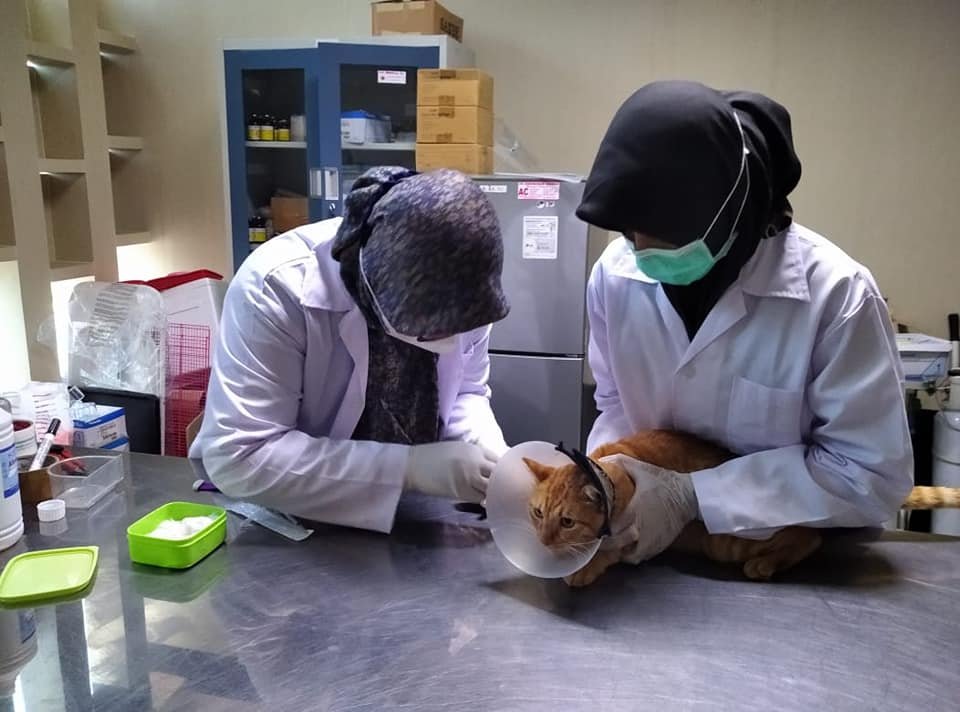Cats can be mysterious, but once you start picking up on their unique ways of expressing themselves, you’ll see just how much they’re trying to tell you. From purring when they’re content to twitching their tails when annoyed, every gesture has meaning. Understanding and responding to these signals can deepen your bond and help your cat feel safe, respected, and loved. In this guide, we’ll walk you through eight smart and caring ways to show your cat that you truly understand their wants and needs. Whether it’s through play, space, or affection, these tips can transform your relationship. Because when a cat knows you “get” them, they’ll return the love in their own quiet, charming way!
Respect Their Personal Space

Cats are natural-born introverts. Unlike dogs, who often crave constant attention, many cats value their alone time. When your cat retreats to a quiet corner or hides under the bed, it’s not necessarily a sign of dislike—it’s just their way of recharging. By giving your cat space when they seek it, you show respect for their boundaries. This builds trust, as your cat learns you won’t force affection when they’re not in the mood. Imagine being interrupted during your favorite book; that’s how a cat feels when disturbed during nap time. Watching for subtle signs, like a flicking tail or flattened ears, helps you know when to back off. Sometimes, simply sitting nearby without touching them is enough to say, “I’m here if you need me.”
Learn Their Body Language

Your cat might not speak English, but they’re constantly communicating. Every twitch of their tail, the position of their ears, and the dilation of their eyes tells a story. For example, a slowly blinking cat is offering you a “kitty kiss,” signaling trust and affection. A puffed-up tail usually means fear or excitement, while kneading with their paws is a sign of comfort and contentment. Spending time watching your cat’s movements and reactions can help you decode their moods. Over time, you’ll be able to tell when they want to play, when they’re scared, or when they just want to be left alone. This understanding helps you respond in ways that make your cat feel truly seen and understood.
Respond to Their Vocalizations

Every “meow” is a message, and no two cats sound exactly the same. Some cats are naturally chatty, while others are mostly silent, but all have their own way of getting your attention. If your cat is meowing near the food bowl, it’s a clear request for a meal. Chirps or trills can mean excitement or a greeting, while loud yowling might signal pain or distress. Responding to your cat’s vocal cues—whether by talking back, offering a treat, or simply sitting with them—shows you’re not just hearing them, but actually listening. Sometimes, echoing their sounds in a gentle tone can even help strengthen your bond. Just like with people, communication is a two-way street.
Offer a Variety of Enrichment Activities

Cats are natural hunters and explorers, and boredom can lead to mischief or even depression. Toys that mimic prey, such as feather wands or laser pointers, let your cat express their wild side. Puzzle feeders challenge their minds and help prevent overeating. Even a cardboard box can become a magical playground. Rotating toys keeps things fresh, and interactive playtime is a fun way to show you care. Scratching posts, cat trees, and window perches allow your cat to climb, stretch, and watch the world go by. When you provide new experiences and stimulation, you’re telling your cat you understand their need for adventure and excitement.
Maintain a Predictable Routine
Cats thrive on predictability. They love knowing when breakfast will be served, when it’s time for play, and where their favorite napping spot is. Sudden changes can cause stress or anxiety, leading to unwanted behaviors like hiding or refusing food. Sticking to a regular feeding schedule and keeping litter boxes and beds in familiar spots reassures your cat that their world is safe. Even spending time together at the same time each day, whether it’s a morning cuddle or an evening play session, can become a comforting ritual. By creating a stable environment, you’re sending a powerful message: “You’re safe here.”
Use Positive Reinforcement
Cats respond best to kindness and encouragement. When your cat uses the scratching post instead of the couch, reward them with a treat, gentle praise, or extra petting. Positive reinforcement teaches your cat what behaviors make you happy, and strengthens your relationship. Punishment or yelling can damage trust and cause fear, so focus on rewarding the good rather than punishing the bad. Every time your cat hears a cheerful “good kitty!” or gets a tasty snack for doing something right, they learn that you understand and appreciate their efforts. This approach makes learning fun for both of you.
Create Safe and Cozy Spaces

A happy cat is a comfortable cat. Whether it’s a sunny windowsill, a cushy bed, or a cardboard box lined with a soft blanket, cats need places where they feel secure. If your home is busy or loud, offering quiet hideaways gives your cat a safe retreat when things get overwhelming. Some cats love high perches where they can watch the action from above, while others prefer enclosed spaces for napping. Providing these options shows you recognize your cat’s need for comfort and security. Just like people enjoy their favorite chair or reading nook, cats treasure their personal spaces.
Prioritize Their Health and Well-being

One of the greatest ways to show your cat you care is by looking after their health. Regular vet visits, up-to-date vaccinations, and a proper diet are all essential for a long, happy life. Pay attention to changes in appetite, litter box habits, or energy levels, as these can be early signs of illness. Grooming your cat, whether it’s brushing their fur or trimming their nails, is not just about appearance—it’s about comfort and care. Even something as simple as checking their ears or teeth can make a world of difference. When your cat sees that you’re attentive to their needs, it builds a foundation of trust and love.
When you take the time to truly understand your cat’s signals, you’re not just being a great pet parent—you’re speaking their language. Little things like respecting their space, engaging them with the right play, or responding to their body language can go a long way. Your cat will feel more secure, loved, and connected to you. And let’s be honest—earning a cat’s trust is one of the most rewarding feelings there is!





